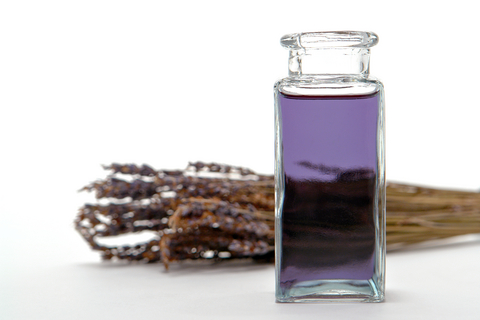What is aromatherapy?
Aromatherapy is the use of plant essential oils to benefit mood and health. This definition is in contrast to the common misconception that aromatherapy is the practice of fragrances exclusively as mood enhancers.
For years aromatherapy was put in the category of snake oil medicine by the scientific community. Fortunately, aromatherapists held their while the scientific community played catch up.
In the words of an expert
According to an article contributed to the University of Minnesota by Linda Halcón, PhD, MPH, RN, RATC, “Research studies on essential oils show positive effects for a variety of health concerns including infections, pain, anxiety, depression, tumors, premenstrual syndrome, nausea, and many others.”
The big 5
Tea Tree oil (Melaleuca alternifolia) – This oil is made up of over 100 components and is used to treat bacterial, fungal, and viral infections. A small number of people are allergic to tea tree oil in its concentrated form, however very few experience reactions when it is diluted. It is toxic if ingested. There are related plants other than Melaleuca alternifolia that have similar chemical make up, but none have been as well studied.
Peppermint oil (Mentha piperita) – Peppermint is a common treatment for nausea, fever, headaches, and fatigue. There are other uses for this oil, however there is insufficient scientific evidence confirm the efficacy of these uses. Menthol is a main constituent of peppermint oil. Use peppermint oil with discretion as the oil can be extremely toxic in large doses.
Lavender oil (Lavandula angustifolia) – This oil is used to treat wounds, insomnia, minor burns, anxiety and as a pain reliever. The scientific evidence is extremely scant on this oil, but when it is available, you will hear about it here first. Suffice it to say, lavender has been a mainstay for its calming effects for over 2500 years. An interesting fact: according to Gospel of Luke, Mary used the ointment “spikenard” (lavender) to rub the feet of Jesus. Lavender oil is toxic if taken internally.
German chamomile oil (Matricaria recutita) – The main use for this oil is to treat inflammatory skin problems; however, other uses include antispasmodic, anti-anxiety, anti-inflammatory and some antimutagenic (prevents changes at the genetic level) effects. It also lowers cholesterol, has moderate antimicrobial and antioxidant properties and helps to prevent blood clots. Precautions: Do not take chamomile if you are asthmatic or are on blood thinner. Use with caution if you are allergic to asters, daisies, chrysanthemums, or ragweed. Pregnant women should not take chamomile due to miscarriage risk. Highly concentrated teas drunk in large amounts may cause vomiting.
Bergamot oil (Citrus bergamia) – This oil is used as a tonic and mild antidepressant; however, recent studies show the following additional benefits of this panacea of oils. It significantly reduces total cholesterol, LDL, triglycerides, blood glucose level, and significantly increases HDL cholesterol. There are many other purported beneficial uses for bergamot oil, but there is insufficient evidence to list them here. Studies indicate Bergamot also reduces neural network and brain cell damage. Caution: The use of this oil produces photosensitivity (in other words, stay out of the sun). In large doses it is toxic to the liver. Allergic reactions have been reported.
Now go have fun and relax.
Related articles:
How to Choose the Right Essential Oils
Essential Oils Antibacterial – Truth or Hype
The Difference between Fragrance Oils and Essential Oils
Top 10 Essential Oils – A Primer of Uses, Warnings and Blends

